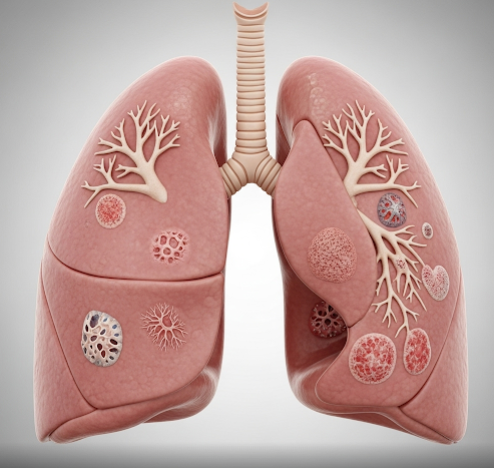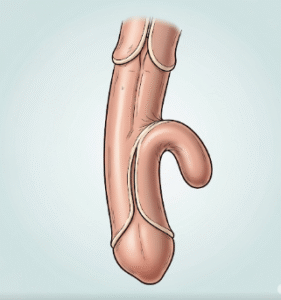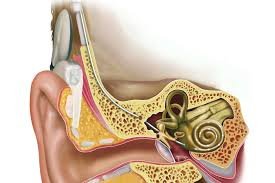Overview
Rare lung diseases are a diverse group of uncommon respiratory disorders that affect lung structure and function. They often pose diagnostic and treatment challenges due to their low prevalence and complex nature. In Korea, specialized pulmonary centers utilize advanced diagnostic tools and personalized treatment strategies to manage rare lung conditions and improve patient outcomes.
What are Rare Lung Diseases?
Rare lung diseases include a variety of conditions such as interstitial lung diseases, pulmonary hypertension, lymphangioleiomyomatosis (LAM), and idiopathic pulmonary fibrosis (IPF). These diseases can cause chronic inflammation, scarring, or abnormal growth in lung tissues, leading to breathing difficulties and reduced oxygen exchange.
Symptoms
- Chronic cough
- Shortness of breath, especially on exertion
- Chest pain or discomfort
- Fatigue
- Wheezing or respiratory infections
- Cyanosis (bluish discoloration of lips or fingers in severe cases)
Causes
Causes vary widely depending on the specific disease but may include:
- Genetic mutations or predispositions
- Autoimmune or inflammatory responses
- Environmental exposures (toxins, dust, chemicals)
- Unknown idiopathic origins
Risk Factors
- Family history of lung disease
- Occupational exposures to harmful substances
- Smoking or secondhand smoke exposure
- Pre-existing autoimmune conditions
- Certain infections
Complications
- Progressive respiratory failure
- Pulmonary hypertension
- Recurrent lung infections
- Reduced quality of life due to chronic symptoms
- Increased risk of lung cancer in some cases
Prevention
- Avoiding smoking and environmental lung irritants
- Early screening for individuals with family history
- Occupational safety measures in at-risk jobs
- Vaccinations to prevent respiratory infections
Treatment Options in Korea
Diagnosis
Korean pulmonologists use high-resolution CT scans, pulmonary function tests, bronchoscopy, and lung biopsies to diagnose rare lung diseases accurately.
Medical Treatments
- Anti-inflammatory and immunosuppressive medications
- Oxygen therapy to maintain adequate blood oxygen levels
- Pulmonary rehabilitation programs
- Targeted therapies for specific conditions like pulmonary hypertension
Surgical or Advanced Therapies
- Lung transplantation in end-stage disease
- Minimally invasive procedures to manage complications
Rehabilitation and Support
- Breathing exercises and physical therapy
- Nutritional counseling
- Psychological support for chronic illness management
- Patient education and support groups













